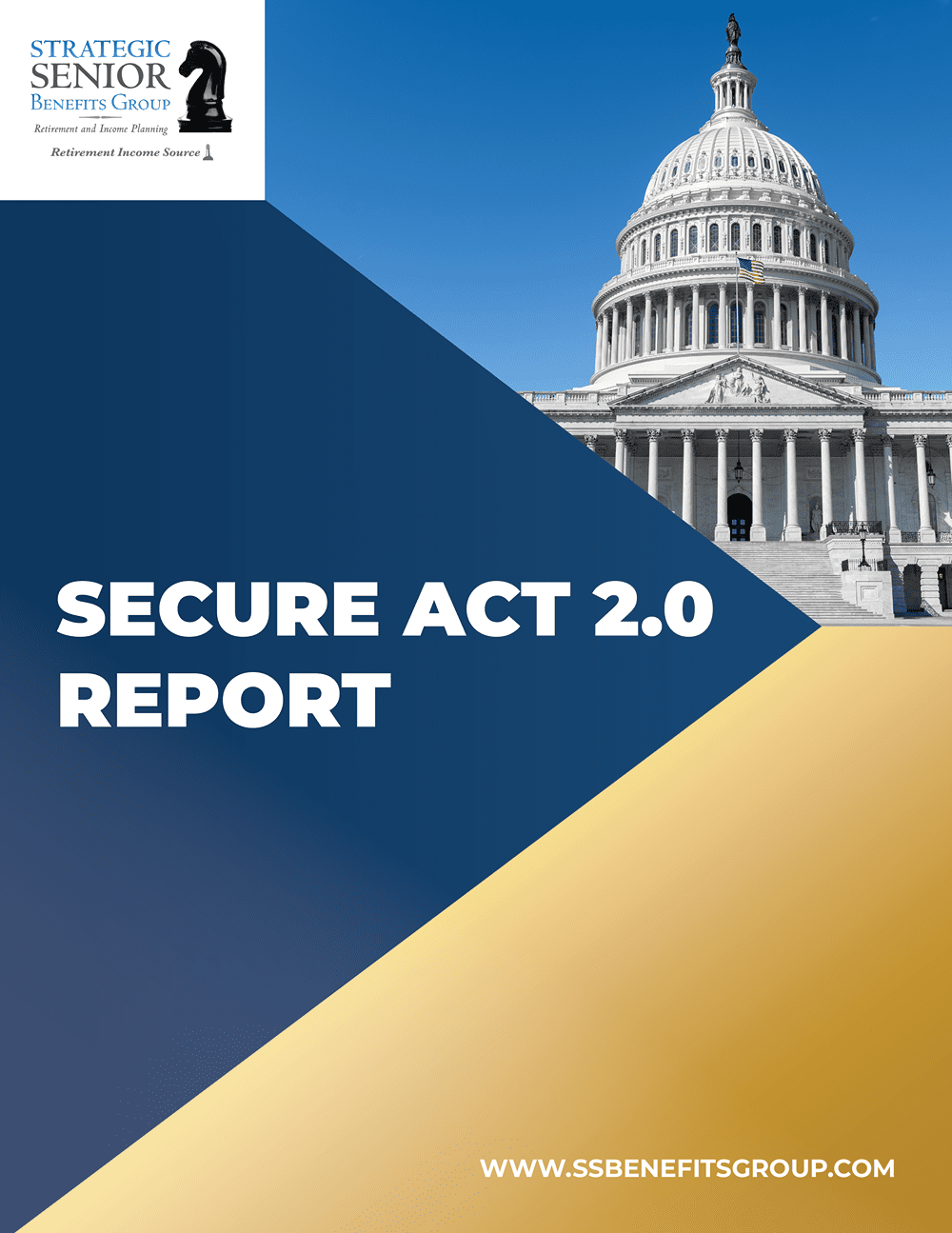Most people are aware that charitable contributions to qualified recipients are tax-deductible, provided they are made by December 31 of the tax year for which you are filing. It’s a great benefit for people who feel strongly about supporting various causes and organizations, and it makes for a great year-end tax-saving strategy. Rather than donating cash, some people donate appreciated securities, which can allow them to avoid capital gains tax.
What many people don’t realize, however, is that they can also use charitable contributions strategically in other financially beneficial ways, all while supporting worthwhile groups and programs. This is true now more than ever thanks to the Qualified Charitable Distributions law (QCD), which was made permanent in 2016.
For example, one of the most important areas of retirement planning involves having a sound strategy in place for satisfying your Required Minimum Distributions (RMDs). One benefit of the QCD law is that it provides a great option to cost-effectively satisfy your RMDs if you are charity-minded or have a particular organization you regularly support. But there are other potential benefits as well. That means benefits for you in addition to the obvious good your money
does for your favorite charity!
How it Works
In basic terms, a QCD allows you to transfer a gift of up to $100,000 directly to a qualified charity from an Individual Retirement Account (IRA) without counting it toward your Adjusted Gross Income (AGI) or incurring a tax. The key word there is “directly.” Money transferred from an IRA account to the IRA owner and then gifted does not qualify. By the same token, you cannot use the QCD as a way to reimburse yourself for a charitable gift you’ve already made; the distribution must be a direct transfer from your IRA account to the charity.











